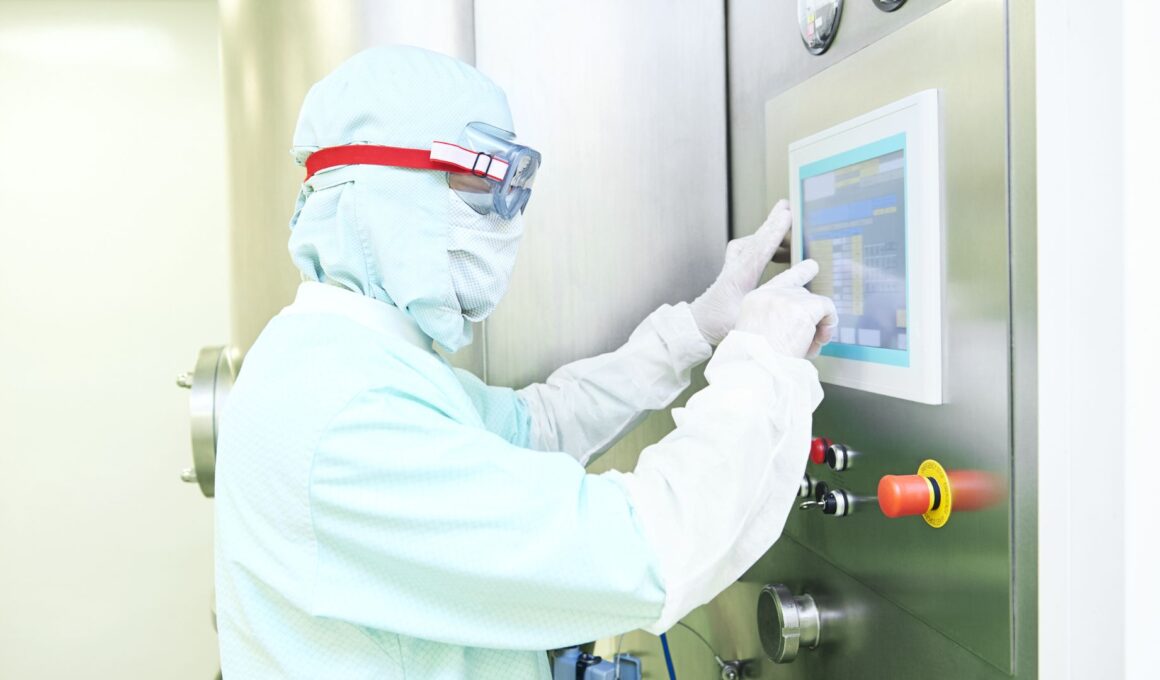Spouted bed systems are innovative fluidized bed technologies used in various industries, including pharmaceuticals, food processing, and chemical engineering. These systems offer unique advantages in terms of efficient mixing, drying, and coating of particulate materials. In this note, we will explore the equipment anatomy, installation best practices, and use cases of spouted bed systems.
Equipment Anatomy of Spouted Bed Systems
A typical spouted bed system consists of the following key components:
1. Spout Chamber:
- The spout chamber is the primary vessel where the spouting phenomenon occurs. It typically has a conical shape to facilitate powder movement.
2. Gas Distribution Plate:
- Positioned at the bottom of the spout chamber, the gas distribution plate is equipped with nozzles or perforations that allow gas (usually air) to be evenly distributed into the chamber.
3. Product Inlet:
- Particulate material is introduced into the spout chamber through a product inlet, often via a feed hopper or screw feeder.
4. Gas Source:
- A source of pressurized gas, such as compressed air, supplies the fluidization and spouting gas.
5. Cyclone Separator:
- Some spouted bed systems include a cyclone separator to separate fine particles from the gas stream and collect them for further processing.
Installation Best Practices
For successful installation and operation of a spouted bed system, consider the following best practices:
1. Site Selection:
- Choose a well-ventilated location with sufficient space for equipment installation and maintenance.
2. Proper Ventilation:
- Ensure adequate ventilation and exhaust systems to handle dust and fumes generated during operation.
3. Gas Supply:
- Maintain a reliable and consistent source of pressurized gas for fluidization and spouting.
4. Operator Training:
- Train operators thoroughly in equipment operation, safety procedures, and troubleshooting.
5. Maintenance Schedule:
- Develop a routine maintenance schedule for cleaning, inspection, and calibration of equipment components.
6. Safety Measures:
- Implement safety measures, such as emergency shutdown procedures and protective equipment for operators.
Use Cases of Spouted Bed Systems
Spouted bed systems find application in various industries:
1. Pharmaceutical Industry:
- Granulation: Spouted bed systems are used for granulation processes, where dry powders are sprayed with a binder solution to form granules.
- Coating: They facilitate uniform coating of pharmaceutical tablets and particles with active ingredients or protective layers.
2. Food Processing:
- Drying: Spouted bed dryers are employed for drying food products like cereals, grains, and fruits, ensuring efficient moisture removal while preserving product quality.
- Roasting: These systems are used for roasting coffee beans, nuts, and seeds, enhancing flavor and texture.
3. Chemical Engineering:
- Catalyst Activation: Spouted bed reactors are utilized for catalyst activation, enabling controlled chemical reactions and increased reaction rates.
- Powder Mixing: They facilitate homogenous mixing of powders for chemical reactions and material processing.
4. Environmental Applications:
- Waste Treatment: Spouted bed systems are employed in the treatment of hazardous waste materials, enabling efficient gas-solid reactions and waste neutralization.
5. Energy Industry:
- Biomass Gasification: Spouted bed gasifiers are used in the conversion of biomass into syngas for energy production.
In conclusion, spouted bed systems are versatile and efficient equipment used in various industries for processes such as granulation, drying, coating, and chemical reactions. Proper installation, maintenance, and operator training are essential for safe and effective operation. By harnessing the capabilities of spouted bed systems, industries can improve product quality, increase production efficiency, and advance their processes.







